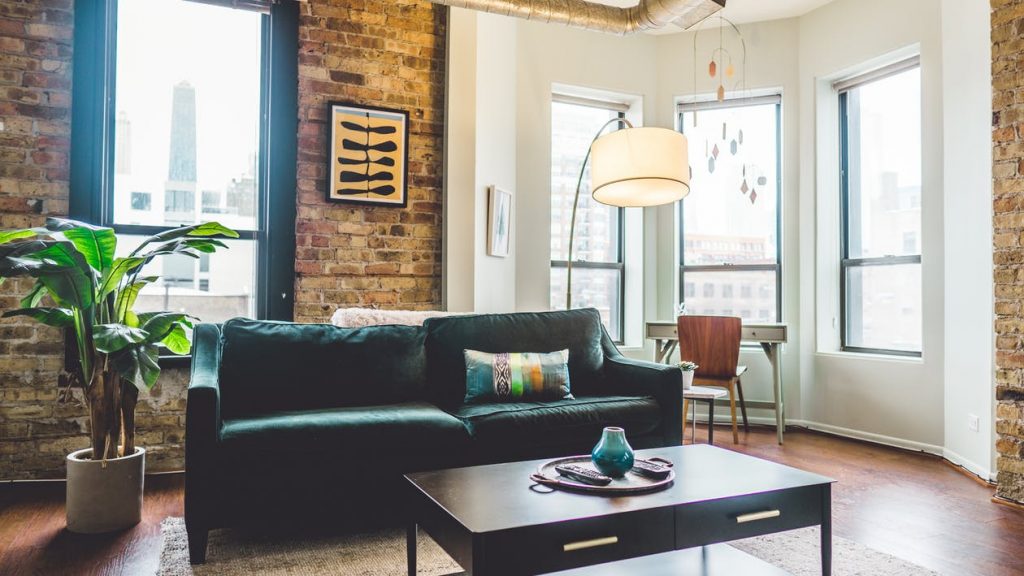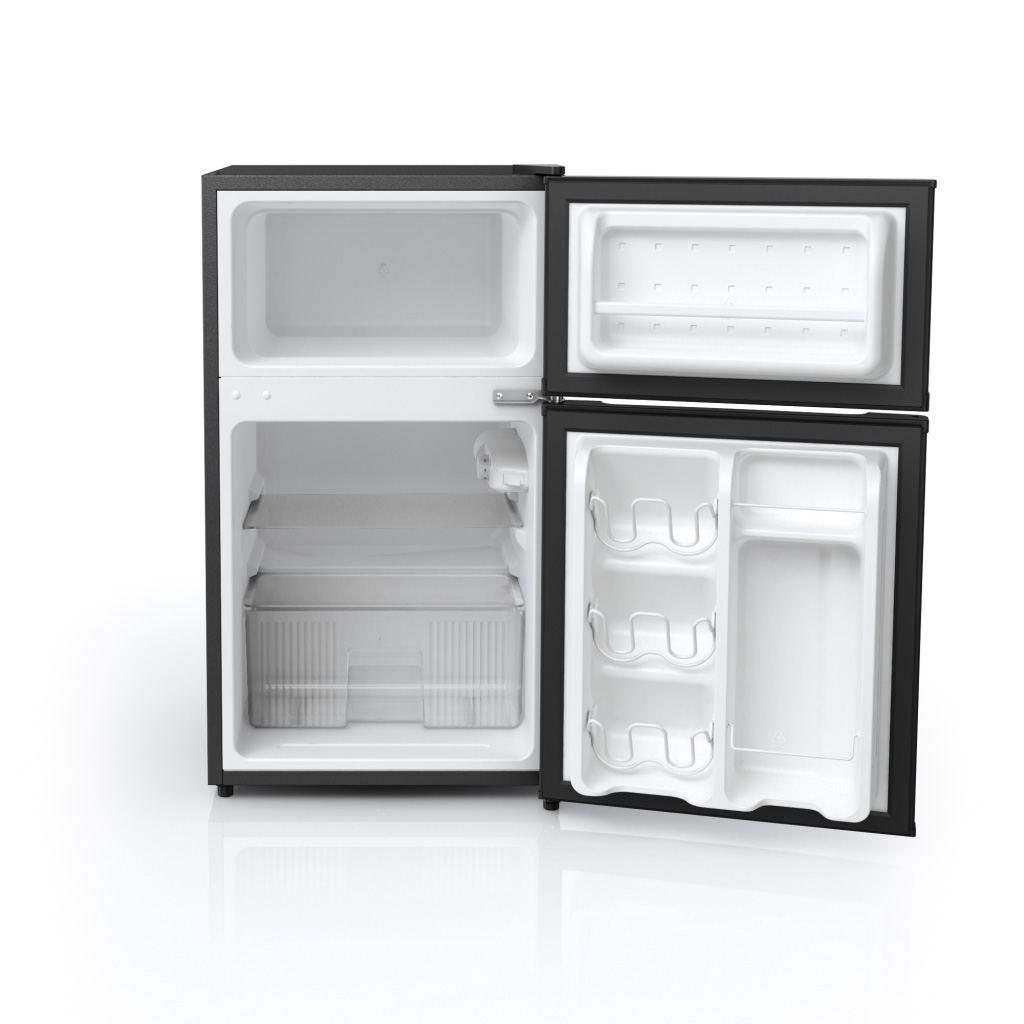Is Your Old HVAC System Impacting Your Family’s Indoor Air Quality?
The quality of indoor air in your home is crucial. Several factors are likely to influence indoor air quality, your HVAC system being among the substantial ones. But how can an old HVAC system affect indoor air quality, and when is the right time to upgrade it?
Contents
Compromised Filtration and Energy Efficiency
You can improve energy consumption in your home by 15% to 20% every month just by regularly changing out the HVAC filter. An outdated or clogged filter can compromise the performance of your system, resulting in lower energy efficiency and compromised airflow, which can negatively affect indoor air quality. Dust, pollutants, and allergens thrive in a dirty filter, circulating throughout indoor spaces.
Indoor vs. Outdoor Air Quality
This may come as a shocker, but the indoor air quality is up to five times worse than in the outdoors, according to the Environmental Protection Agency (EPA). It’s important to keep indoor environments healthy and clean to minimize the negative impacts of indoor air quality. If your HVAC system is old, it’ll most likely struggle to filter contaminants and pollutants. It may circulate them inside your home, which could increase respiratory conditions.
Modern HVAC Systems
As the HVAC industry evolves, mainly due to technological advancements, new, highly effective, and efficient systems have hit the market. ComfyLiving projects that over 151 million HVAC units will be sold in 2024. This demand is fueled by people’s desire to enjoy better energy efficiency and improved indoor air quality. Get a modern HVAC system to ensure cleaner air for your family. It comes with enhanced filtration, energy-saving features, and intelligent controls.
When to Change HVAC Air Filter
A clogged, dirty air filter is the main culprit of the contaminated air in your home. Instead of filtering these contaminants out of your home, it’s circulating them indoors, leading to increased respiratory issues. That’s why you need to change it every 90 days. Regularly changing this filter keeps your HVAC system working efficiently and energy bills as low as possible. Unfortunately, most people forget to change their air filters for months, leading to an unending cycle of respiratory conditions and high utility bills.
Health Risks Associated With Contaminated Indoor Air
Poor indoor air quality compromises the health and well-being of your entire family. Some reported conditions include eye, nose, and throat irritation, fatigue, dizziness, and headache. Others are cancer, heart disease, and respiratory conditions. Indoor pollutants, such as Legionella bacterium, radon, carbon monoxide, and particle pollution, have been linked to several health complications. Keep your indoor air quality clean and devoid of contaminants, and the best way to do this is to upgrade your aging HVAC system.
What to Look for in a Modern HVAC System
There are several things to consider when buying a new HVAC system. Among these is energy efficiency. Look for a system with a high SEER (Seasonal Energy-Efficiency Ratio). The higher ratings translate into efficient energy consumption. Check out the minimum rating for your state. A new HVAC also comes with a variable-speed motor, while the old designs feature a single-speed motor.
Another feature found in new models is a smart thermostat, which comes with features you can preset with your temperature preferences for up to a week. Finally, the zoning feature in new models turns your HVAC system into a multifaceted unit with unique temperature control settings for different areas in your home.
There could be a silent enemy near you in the name of an aging HVAC system, circulating contaminated air throughout your home. The compromised indoor air quality could pose a health risk to your family. If the rise in new HVAC systems and EPA’s study and conclusions on indoor air quality is anything to go by, getting a modern HVAC system is a worthwhile investment. Enjoy better air quality and keep respiratory complications out of your home. Replace your old HVAC system with an energy-efficient model that consumes less energy and doesn’t pose health risks to your family.




